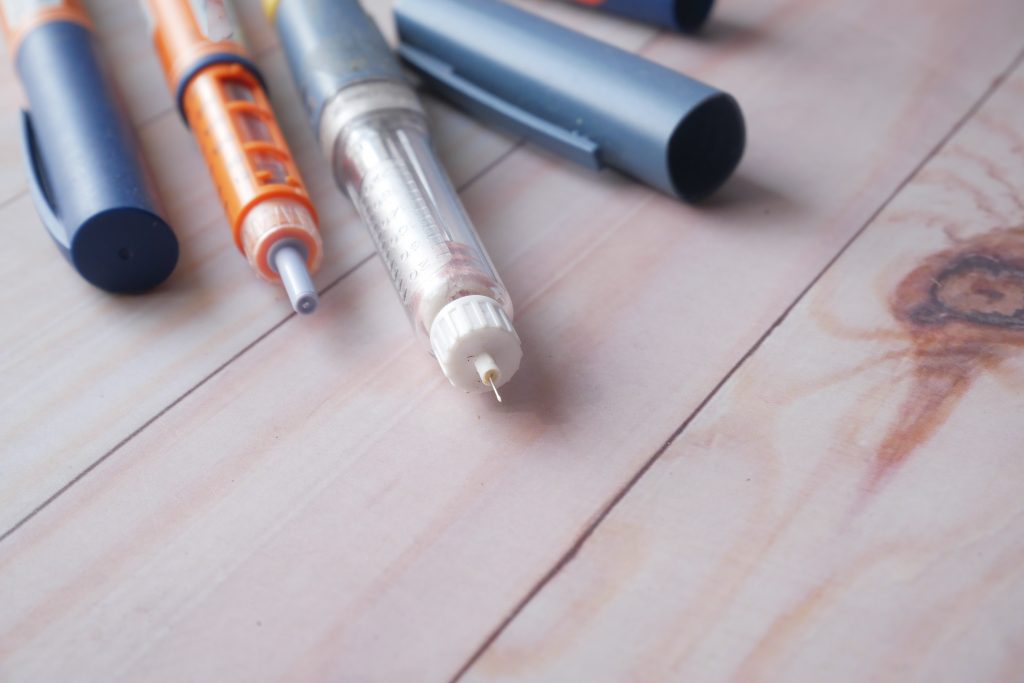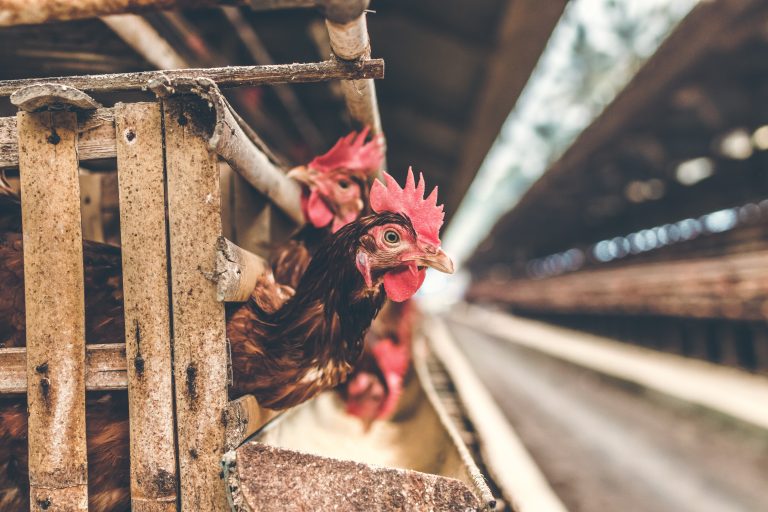Competing Solutions to a Lack of Competition

Over the last decade prices in the US for insulin has more than tripled, and is more than ten times the average price in other countries. More than 37 million people in the US have diabetes and many rely on the biologic medication to stay alive. Patients with private insurance generally don’t pay the full list price as drug companies negotiate discounts with insurers to win their business, and patients usually pay part of the price as a co-pay or deductible. However, the uninsured (who usually have lower incomes) and even some with insurance can end up paying several thousand dollars per year for their medication. These high prices have led many patients to make life-or-death decisions over whether to buy their insulin or pay their other bills.
In order to combat these high prices, the US House of Representatives recently passed a bill to cap insulin prices at $35 for a one-month supply. However, as part of President Biden’s “Build Back Better” plan, it is unlikely to pass in the Senate. As another alternative, the non-profit organization Civica Rx announced that they will begin manufacturing affordable insulin. The organization plans to sell a monthly supply in vials for $30 and injector pens for $55. The company is currently building a manufacturing plant in Virginia and plans to begin manufacturing in 2024, provided it also wins FDA approval. FDA approval has been the biggest hurdle preventing companies from offering a generic alternative to compete with the big pharmaceutical companies. If Civica Rx is successful, this will introduce more competition in the market and bring the price of insulin in the US closer to its production cost and in line with the rest of the world.
Discussion Questions:
- What type of market structure do pharmaceutical companies and health insurance companies operate in? What are the characteristics that define that market structure?
- So-called “generic” drugs are drugs made by competing companies after a company’s patent has expired. Discuss the rationale for giving drug companies patents that allow them to charge monopoly prices for a period of time.
- Discuss the welfare changes (consumer surplus, producer surplus, etc.) that would arise if the Congressional plan (price ceiling) is enacted, compared to if Civica Rx successfully begins manufacturing and distributing insulin (increase in supply).
- Do you expect the price elasticities of demand and supply to be elastic or inelastic? Explain.
Sources| Business Insider: One chart Reveals How the Cost of Insulin Has Skyrocketed In the US, Even Though Nothing About It Has Changed, Rand Corporation: The Astronomical Price of Insulin Hurts American Families, CDC: National Diabetes Statistics Report, American Diabetes Association: Insulin Is Now a Biologic—What Does That Mean?, The Washington Post: Life, Death and Insulin, A group of Hospitals Has a Plan to Get Around Congress’s Refusal to Lower the Cost of Insulin, Healio: U.S. House Votes to Cap Insulin at $35 per Month, Photo by Towfiqu barbhuiya on Unsplash













